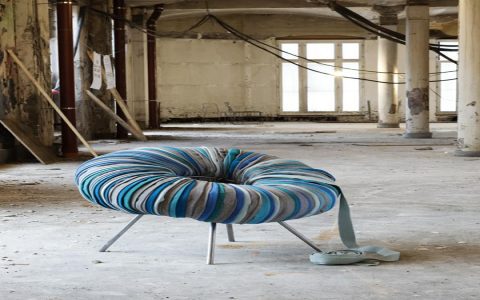The Revolutionary Appeal of Fungus Chair Design
Fungus chair design, utilizing mycelium—the root network of mushrooms—represents a breakthrough in sustainable innovation. By growing chairs from agricultural waste, it eliminates reliance on virgin materials, reducing carbon emissions and waste. This closed-loop process supports a circular economy, where products are biodegradable and endlessly recyclable.
Why Fungus Chairs Are So Cool
- Environmental Impact: Mycelium consumes organic byproducts like corn stalks or sawdust, diverting waste from landfills. This minimizes ecological footprints and promotes resource efficiency.
- Design Flexibility: Molds shape mycelium into ergonomic, customizable forms, enabling unique aesthetics without chemical additives. The result is lightweight yet durable furniture that rivals traditional options.
- Carbon Negativity: During growth, mycelium sequesters CO2, making production carbon-neutral or even beneficial. End-of-life decomposition returns nutrients to soil, fostering regeneration.
- Innovative Accessibility: Low-tech cultivation makes it scalable for DIY enthusiasts and designers, democratizing sustainable creation and sparking global trends.
Creative Recycling Ideas You Must Explore
Inspired by fungus design, these concepts turn waste into value:
- Mycelium-Based Homewares: Grow lamp shades or planters from coffee grounds and cardboard, mimicking chair techniques for functional art.
- Textile Upcycling: Transform discarded fabrics into insulating chair covers or rugs, integrating with biodegradable frames for hybrid pieces.
- Waste-to-Building Materials: Use compacted mycelium blocks for temporary structures or acoustic panels, diverting construction debris.
- Community Recycling Hubs: Establish local workshops where food scraps feed mycelium growth, producing shared furniture while educating on sustainability.
Adopting these strategies advances eco-design, proving that creativity and recycling can redefine everyday objects for a greener future.






